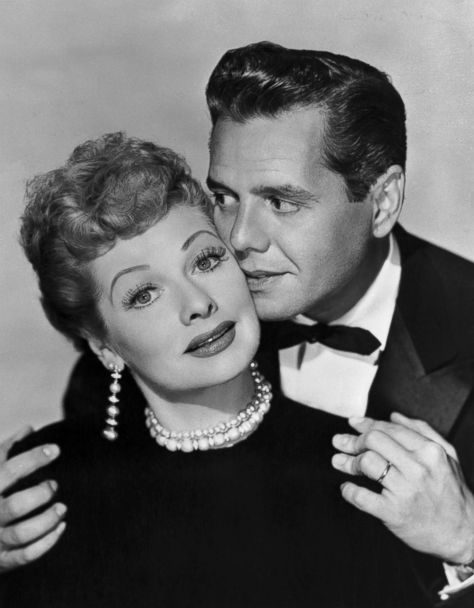Over the past few months, the New Colossus Initiative has been dedicated to bringing immigrants into America. For many, that might be scary, and that's understandable. New people and ideas can clash with the ideas and culture that one is familiar with, and it might seem like the things that make American culture so unique would fade into the deluge of other ideas. America has less population than many other countries, in a sea of people, the most prominent cultures would be Chinese and Indian, and that can be scary.
I'd like to propose a very radical idea, something that would make everyone from world leaders to tour guides nervous. Countries and cultures aren't real, they are artificial constructs by humans. It's very possible to disagree with me on this one, and I am completely okay if not everyone agrees with me, but here's my logic.
First, appearance.
People look different in different places. That's very normal. Here is a map of average skin colors across the world for reference.

One noteworthy detail is that, despite conquests and government changes, skin color basically gets darker the hotter the place is. Dark skin is advantageous in hot places, since it is less likely to get burned in the sun. Light skin, meanwhile, absorbs vitamin D much more efficiently, so it is effective in cloudy and rainy areas. Looking at America, the darkest areas are in the southeast and southwest regions, places that tend to be rather hot. It's not a matter of cultural identity when you look at statistics, it's a matter of handling the amount of sun that a region has.
Second, culture.
Culture is mutable and subject to change at any time. Vietnam, both Koreas, Japan, Hong Kong, and Taiwan were all at one point a part of China. Since then they've separated themselves to a point where the cultures are almost entirely different. In some cases, Chinese companies imitate the practices of those former territories. After Japanese Anime became a worldwide art form, China imitated them with some pretty popular cartoons that follow a similar art style but in a different language. Korean dramas and music became so popular that Chinese boy bands and girl bands have become quite successful, and Chinese dramas have dipped out from their traditional roots and into more contemporary settings. These countries never changed location. Japan and Korea were always just a few days of sailing away, but culture is mutable, it changed, and the people became different as a result.

Here is an image of "The King's Avatar", one of the more successful Chinese anime. Note the style similarities between this and Japanese contemporaries. To compare, here is a show in a similar art style that also received critical acclaim, "One Punch Man".

Protagonist aside, you can see a similar focus on musculature, somewhat exaggerated eyes, understated mouths and noses, and dynamic character poses.
Third, language.
Many people are worried that they will have to learn another language if too many foreigners enter America. I firmly believe that "you're in America, speak English!" yelled by angry people in city streets is not said out of anger, but out of fear. Americans have had the pleasure of speaking a dominant trade language their whole lives. However, the language they are speaking isn't English... at least not really.
Here is the opening line from an old English story called "Beowulf".
Hwæt. We Gardena in geardagum,
þeodcyninga, þrym gefrunon,
hu ða æþelingas ellen fremedon.
JRR Tolkien used to read this to his class. However, the language we speak now is actually a combination of this old English, Norman French, and influence from many other nations over the years. The phrase "Long time, no see" is actually a more or less direct translation of a Chinese phrase "好久不见" (Hao jiu bu jien). Our language is made up of different parts of the world already, and it will change. We can accept that the English that our predecessors will speak will be completely different, and that's fine. The other option is to learn other languages. Protect the sanctity of the English language by leaving it as a less international language, and use other languages in trade. This one is out of our hands. The language has shifted, is shifting, and will continue to shift. My personal preference would be to use local languages when trading with the locals of other countries to try and preserve the last bit of logic in the English language, but there are others who are more willing to have others learn English and gain a degree of ownership of the language. There is no bad option in this situation, and no one person gets to make that choice anyways.
To conclude, skin and ethnicity reflect the sun, not the person's character. Culture is subject to the whims of time and politics, and language is prone to mutation and change at the slightest hint of a new people group, even a new generation, taking over.
So what stays? What makes America America?
From my perspective, you do. I do. Our country is made up of people, and no amount of change will erase the simple fact that we existed. But we're not alone, and if we spend our lives trying to preserve a doomed culture, we will miss out on the kinds of cultures and ideas that can only be created together. The world is subject to change and countries are subject to collapse, and no amount of gate keeping can prevent the inevitable decline of society. However, people can. People can make new rules to patch up the old ones. People can bail out the water on this slowly sinking ship, and why practice the same tired old traditions for keeping this thing afloat when there are so many talented people all over the world desperate to come over here and take a turn at the oars?
We're not alone, and we're not special, and from my perspective, that's the most remarkable thing about humanity. Let's embrace the rest of us.







